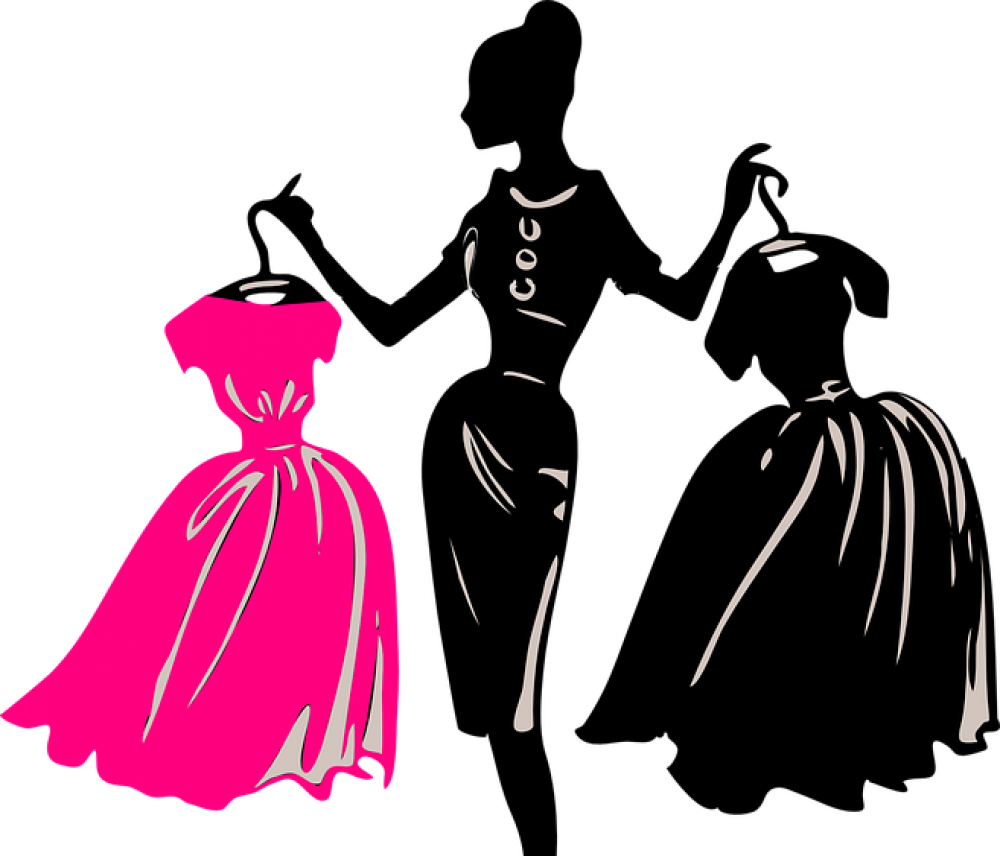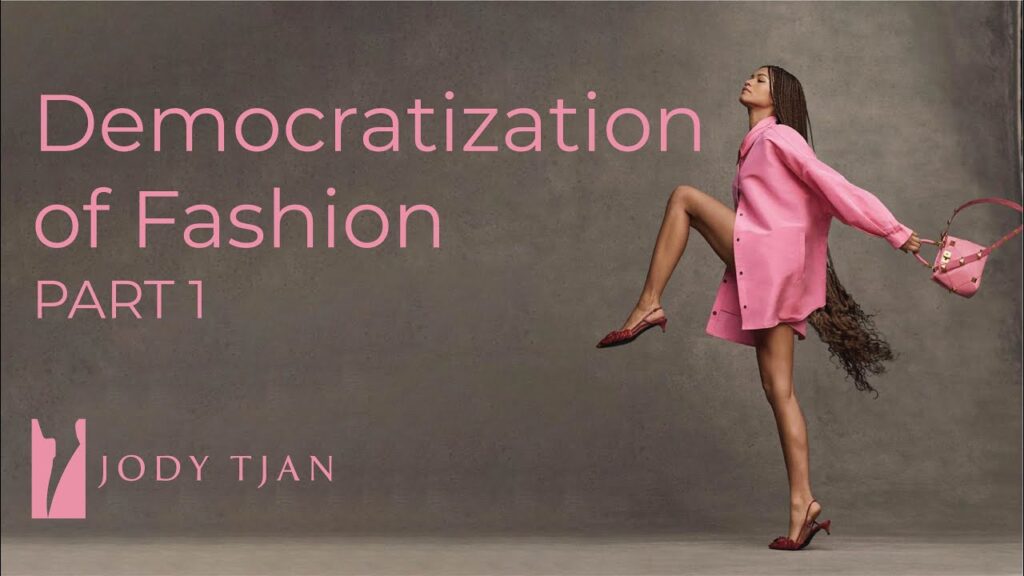
Social media has profoundly transformed the fashion industry, reshaping how trends emerge, spread, and are consumed. Platforms like TikTok, Instagram, and Pinterest have democratized fashion, enabling anyone with an internet connection to influence and access the latest styles.
for other detail
1. Acceleration of Trend Cycles
The rapid dissemination of content on social media has significantly shortened the lifespan of fashion trends. What once took months to gain traction now spreads globally within days. For instance, TikTok challenges and viral hashtags can propel niche styles into mainstream fashion overnight, leading to a constant cycle of new trends.
2. Rise of Influencer Culture
Influencers play a pivotal role in shaping style trends. Individuals like Dylan Mulvaney have leveraged their platforms to promote brands, influencing consumer purchasing decisions. However, this influence is not without controversy; Mulvaney’s recent promotion of Versace has sparked discussions about authenticity and brand alignment.
3. Democratization of Fashion
Social media has leveled the playing field, allowing diverse voices to contribute to fashion discourse. Users from various backgrounds share their styles, leading to a more inclusive representation in fashion. Hashtags like #OOTD (Outfit of the Day) and #FashionInspo have become platforms for individuals to showcase personal style, challenging traditional styles hierarchies.

4. Emergence of Microtrends
The constant flow of content on social media has given rise to microtrends—short-lived, niche style movements that gain popularity rapidly. These trends often reflect subcultures or specific aesthetics, such as the resurgence of Y2K fashion, and are amplified through user-generated content and viral challenges.
5. Impact on Consumer Behavior
The immediacy of social media has fostered a culture of instant gratification in style consumption. Users are exposed to new styles continuously, leading to impulsive purchasing decisions. This phenomenon is further fueled by the fear of missing out (FOMO) and the desire to emulate influencers, often resulting in overconsumption and environmental concerns.
6. Influence on Fashion Retail
Brands have adapted to the digital age by integrating e-commerce with social media platforms. Live streams of fancy shows and direct shopping features on platforms like Instagram and TikTok have transformed how consumers interact with brands. This integration allows for immediate purchasing options and real-time engagement, enhancing the shopping experience.
7. Advocacy for Sustainability
While social media has accelerated fast fashion, it has also become a platform for advocating sustainability. Consumers increasingly demand transparency and ethical practices from brands. Campaigns highlighting eco-friendly initiatives and ethical sourcing have gained traction, pressuring brands to adopt more sustainable practices.
8. The Return to Tradition: Jane Austen and Timeless Romance
In a world dominated by digital interactions, there’s a renewed interest in traditional forms of romance and courtship. Young adults are turning to the works of Jane Austen as a refuge from the complexities of modern dating, finding solace in the eloquent prose and structured social dynamics of her novels.
This resurgence is reflected in increased audiobook listens, film adaptations, and themed tourism, indicating a collective yearning for the romantic ideals and social rituals of the past.

Conclusion
Fashion in 2025 is a fusion of technology, sustainability, and individuality. The industry has shifted focus from fast fashion to conscious consumption, with biodegradable fabrics, recycled materials, and digital wardrobes leading the way. Artificial intelligence plays a central role in both design and personalization, enabling consumers to create custom pieces using virtual try-on tools and 3D body scans.
Minimalism and maximalism coexist—while some embrace timeless, neutral-toned wardrobes, others experiment with bold patterns, metallics, and futuristic silhouettes. Gender-fluid and size-inclusive collections are now standard, reflecting a more inclusive approach to design and marketing.
Smart clothing, embedded with sensors, offers health tracking, mood adaptation, and climate-responsive features. Brands now prioritize transparency, often using blockchain to track the origin and environmental impact of each garment.
Streetwear continues to influence high fashion, but with a sharper focus on heritage and craftsmanship. Collaborations between luxury labels and digital artists have also surged, with NFT fashion items and augmented reality (AR) accessories gaining popularity.
Fashion in 2025 isn’t just about what you wear—it’s about how, why, and where it was made. It’s a statement of values, tech-savviness, and a desire to blend creativity with responsibility. The future of style is smart, sustainable, and strikingly personal.

FASHION 2025